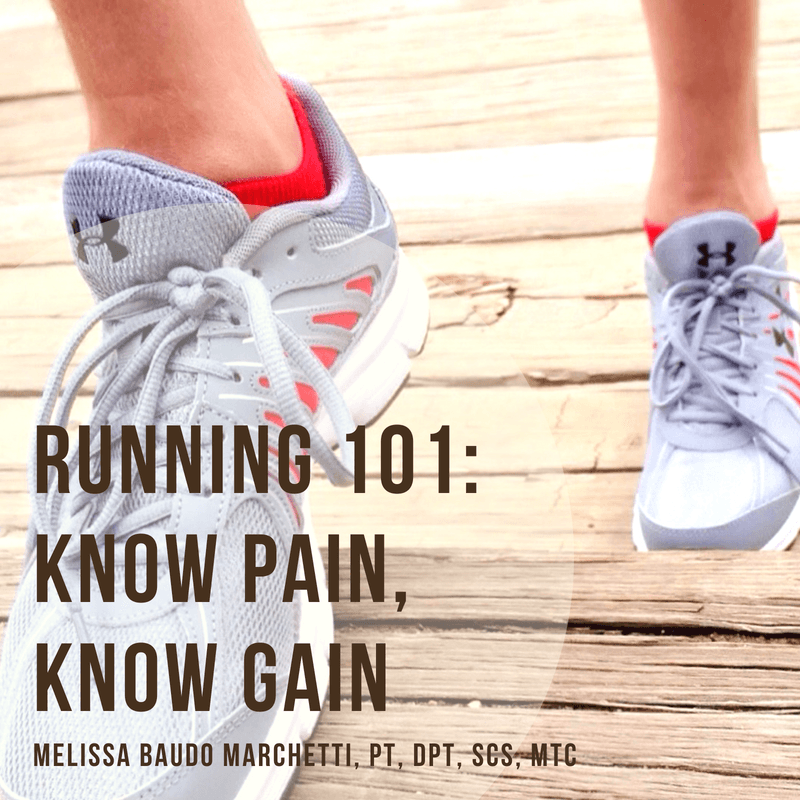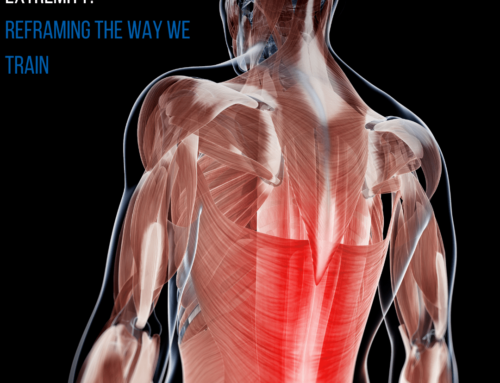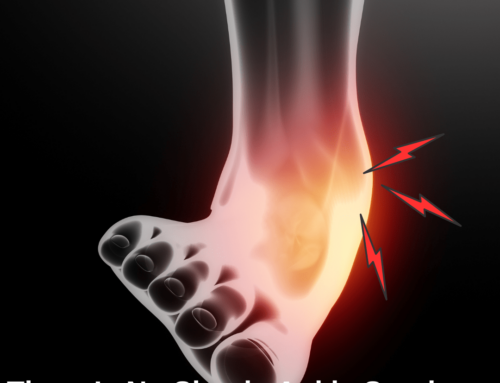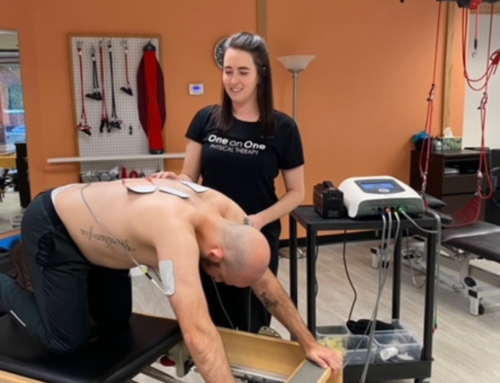What Are the Top 4 Causes of Running Injuries?
Studies show that up-to 90% of runners will experience a running injury at some point because of one or more of these top 4 causes of running injuries. The actual problem is only about 20% actually seek medical care because they consider low back, hip, knee and foot pain to be part of the deal.
1. Poor Running Form Causes Running Injuries
Form Matters! That’s why it’s at the top of our causes of running injuries list. Runners strike the ground between 800-1500x/mile with forces from1.5 to 5x their body weight, so it is important that your running form looks good. A suboptimal running form could be one cause of your pain.
Here are a few of the correctable things we look for during a running analysis:
- Foot Strike. Any foot-striking pattern can be considered normal, but without a proper evaluation could also cause injuries such as stress fractures or pain in your knee, hip and low back. A running gait analysis will help you figure out your optimal foot strike position.
- Posture. Many runners will find themselves struggling with muscular weakness, poor flexibility, poor movement patterns, or often a combination of all three. Runners often present with hip weakness, which causes the hip to drop when the foot hits the ground and places excessive load and shearing force on the hips, low back and SI joint resulting in pain. Abnormal arm swing is also a common error that we see. Sometimes, the arms are too rigid or the elbows jut out to the sides causing a more horizontal arm swing. The arms should glide along the sides of the body from hip to heart without crossing in front of your body. Another common mistake seen in running posture is when the runner leans forward from the hips instead of from the ankles, which could cause low back pain.
- Cadence. The amount of steps taken per minute is your cadence. 180 steps/minute is considered the “ideal” cadence, but anything above 150spm is a good number to shoot for. To count your cadence, time yourself running at your normal pace for one minute and count how many times your feet hit the ground. Increase cadence slowly (no more than 5-10% increase a week) and if you never reach 180, that’s ok. Find a pace north of 150 steps/minute that you’re comfortable with and that helps you reach your goals! Running at an optimal cadence will allow you to be more efficient and it will feel easier to run.
2. Shoe Wear Causes Running Injuries
It is important that you are wearing a properly fitted running shoe. Studies show that while shoes don’t necessarily prevent injury, they can certainly cause injury. Every runner has slightly different running mechanics and foot anatomy, so what works for your training buddy may not work for you. Motion control shoes (think a bulkier shoe, with a stiff sole) are most correlated with injury, but are still appropriate for some people. The “barefoot” or “minimalist” type shoes have become popular and many runners are successful with this type of shoe, however, if you are an over-pronator, a minimal shoe may not be ideal for you. If you plan to switch to a minimalist shoe, be sure to make a gradual transition. Making dramatic changes in shoe heel height has been correlated with injuries in the foot, ankle and Achilles. In the end, the most important variable to consider when looking for the right running shoe is comfort–find a shoe that you like putting on your foot and get help from the experts when choosing a shoe!
3. Poor Training Habits Cause Running Injuries
Overtraining can be an issue for runners, especially those who compete in races. It can be tempting to believe that the more you do, the better you’ll get, but with physical training this is almost never the case. There is a point at which your body simply doesn’t have enough downtime to recover, so your training begins to break your body down instead of building it up. Be sure to give yourself 1-2 rest days per week (and I mean real rest days, not a cross-training day or a power yoga class). An important principle of recovery is optimal nutrition. Many runners aren’t eating enough to sustain their training demands. Make sure to get enough calories in per day of protein, carbohydrates, and healthy fats to sustain your training regimen.
4. Impaired Strength Causes Running Injuries
Research shows that strength training will help you run faster and more efficiently and decrease your injury risk, so build in a few cross training days into your week.
Okay, Now What?
I have pain, what do I do now? If you have pain while running, seek care from a PT who is familiar with running injuries. We are trained to perform comprehensive evaluations of your musculoskeletal system and will perform a running gait analysis to help get you back to running.
I don’t have pain, should I still seek help? Yes! Everyone could use a few tips and tricks in keeping our bodies strong and healthy. You don’t have to be in pain to benefit from a running analysis. If you have concerns that your running form could use some tweaking or you aren’t sure you are in the best shoe, reach out to us at One on One Physical Therapy. Along with a comprehensive evaluation of your body mechanics, joint and tissue function, flexibility, and strength, we also perform a running gait analysis to help get you back to pain-free running. Don’t be afraid to ask for help in the midst of your training woes. You won’t regret it when you are able to run faster and pain-free.
It can be easy to let your aches and pains go on for too long before you address it because you’re still able to “push through the pain.” Don’t let a week-long injury become a six month recovery. Listen to your body! Running does not have to be a painful experience, so let us help you! Learn to leave “no pain, no gain” behind and embrace the “know pain, know gain” mindset.
Dr. Baudo Marchetti is a Board Certified Sports Clinical Specialist at One on One Physical Therapy, a multidisciplinary private practice in Atlanta. For nearly five years she was a full-time sports physiotherapist for the WTA Tour and is a tennis medicine and sports medicine expert. She teaches a Sports Physical Therapy course and assists in teaching orthopedics within the Division of Physical Therapy at Emory University.






